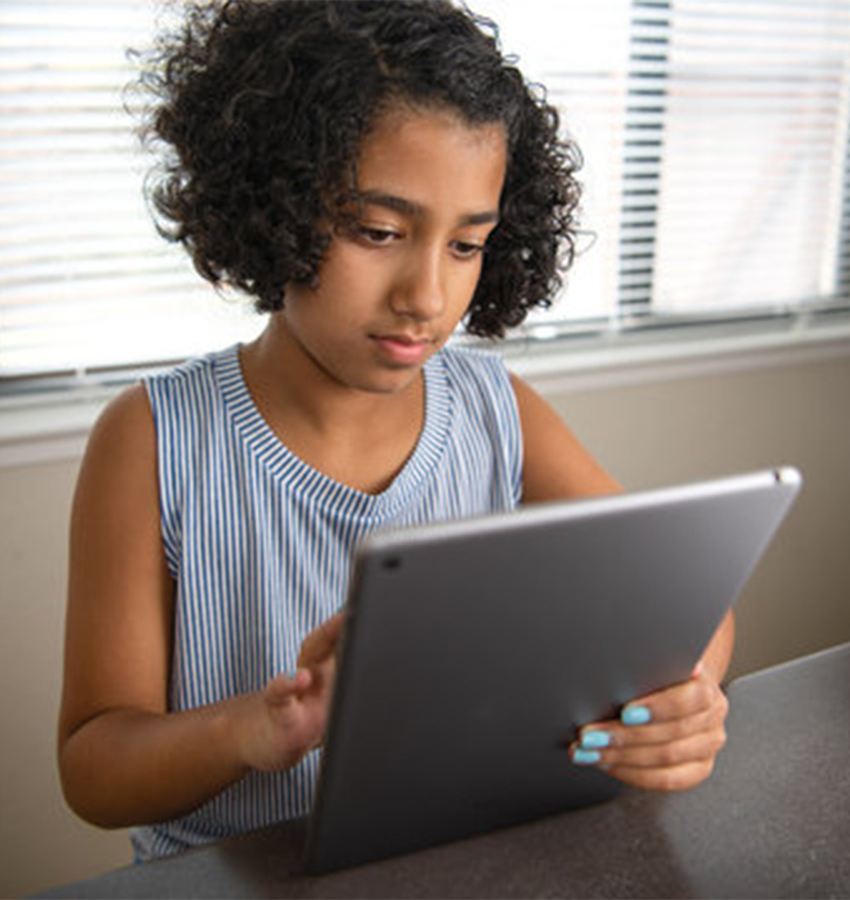
Introduction
Getting school education right is a strategically important activity for any country. The 12-15 years in pre-primary, primary, and secondary school go a long way in shaping a person’s future preparedness and outlook about the world. Therefore educators, parents, regulators, behavioral scientists and technologists work to improve curricula. Settings and educator training to prepare children for the rest of their lives. In this blog lets examine The future trends of K-12 Education.
In recent years many aspects of school have changed dramatically. New technology is making school education more accessible and flexible to individual needs. Diversity and inclusion sensitivity norms are attempting to make students better prepared to thrive in the Global Village. Educators and researchers are even experimenting with radical changes from the traditional in-class education format to one that is more experiential, with varying success.
Emerging Trends
While it is not possible to completely predict the way the K-12 education. This experience will be for future generations, there are obvious trends. For one, there is certainly a greater tilt from the group to the individual. With technology a major component of the new formula. For another, educators are focusing more on cognitive and behavioral development in addition to the traditional focus on Reading and Math.
Technology as an Enabler of Effective Learning
1. Artificial Intelligence
AI in the classroom is almost guaranteed to play a part in shaping learning for children already in school now. One promising application is in “personalized learning”. This refers to a self-paced learning experience. Where AI-powered adaptive learning can teach a school student a concept in several ways including text, illustration, verbal explanation, examples, games, videos, and simulations. As the student uses the AI engine more, it “learns’’ what works for each student, and tailors lessons accordingly. Other obvious applications include various tools for on-demand tutoring and performance feedback, assessment, learning analytics, and teacher aids like schedulers. AI will also be a major part of how LMS or Learning Management Systems manage traffic and optimize performance.
2. Mixed Reality
Augmented and Virtual Reality is progressing slowly. Truly immersive experiences remain outside the realm of schools and colleges considering the expense and infrastructural requirements. However, web-based AR and virtual reality labs in school are likely to start playing a bigger role in K-12 education in the near future. MR during field trips is also likely to start becoming popular. Especially as AR “tags” are installed in parks, museums etc.
3. Multiple Learning Models
The venerable in-class school experience is not going anywhere any time soon, but new learning models are emerging. While flex-time is not likely to appear in school anytime soon. Both 100% online and hybrid classrooms are already here, and likely to continue going forward. While the Covid pandemic forced classes online. In the future the hybrid experience is likely to be more about leveraging students’ existing familiarity and comfort with electronic learning. But blending it with in-class learning and lab time to ensure the important social aspect of school is not lost. 100% online schooling is likely to be limited to improve access to education for students unable to access traditional classrooms. Such as children in rural or impoverished communities. As such, governnments are likely to be major players in the online learning space for K-12 students, with online, on-demand lessons replacing other distance learning options.
4. Improved Pedagogy
As awareness about empathy, inclusiveness, and communication practices have increased, schools have been exploring pedagogies (i.e. teaching styles) other than the classical “behaviorist” one where the teacher is the sole authority figure in the class and instruction is via lecture. Alternative pedagogies, both old and new, from liberalism and social constructivism to the more modern idea of collaborative learning and gamification are being explored. ICT (Information and communication technology) will play a growing part in enabling alternative pedagogies, from gamified tests to students learning to solve complex problems together, with some members joining remotely.
New trends in K-12 education are a positive sign that we as a society and species continue to be invested in improving the learning experience of the next generation of people. That ultimately is the whole point.



